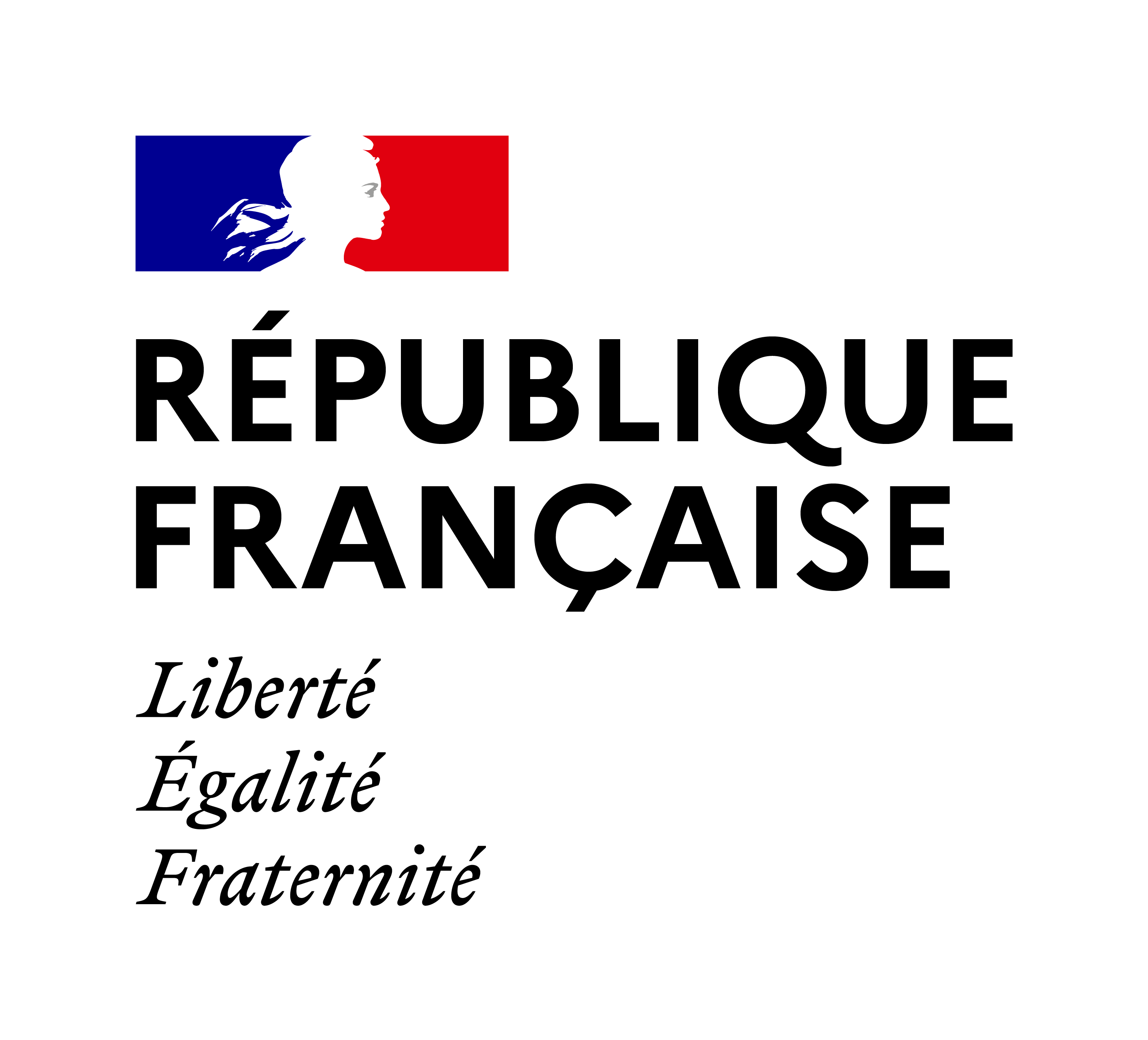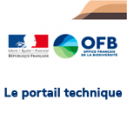River pollution: a method for predicting the contamination of fish using crustaceans
Monitoring chemical pollution is a critical issue for the preservation of aquatic ecosystems and water quality. PFOS, a perfluorinated compound, highly persistent in the environment, is one of the highest-priority pollutants in the context of the WFD – Water Framework Directive – and must be monitored in aquatic environments, particularly in fish. Further to developing a methodology for monitoring contaminants in rivers focused on gammarids, small crustaceans sensitive to changes in their environment, the INRAE and the OFB have developed and tested an approach using these crustaceans to predict the contamination of fish. A feasibility study(1), published in ″Environmental Sciences Europe″, reveals that measuring the concentration of PFOS in captive gammarids accurately predicts that the environmental quality standard threshold of the compound has been exceeded.
Perfluorinated compounds are commonly used in waterproofing products for textiles and food packaging or fire-fighting foams. As they are highly persistent in the environment, they can accumulate in living organisms, including humans. One of these compounds, perfluorooctane sulfonate (PFOS), is very widespread in aquatic environments. It and is on the European priority list of contaminants to be monitored in aquatic environments, with an environmental quality standard to be respected in the flesh of fish, based on risks for aquatic ecosystems and human health. The European Union Member States are however faced with methodological difficulties in monitoring these priority substances: the most accurate method involves directly analysing concentrations of contaminants in the fish by taking samples from their habitats. This however presents the risk of resource depletion and an imbalance in the ecosystem. It is therefore necessary to have an alternative monitoring system which ensures an equivalent level of protection from top predators and humans.
Gammarids are small freshwater shrimp sensitive to pollutants and very good indicators of water quality. INRAE researchers have already developed a method of caging gammarids to monitor the various pollutants in watercourses. The objective of this study is to use this method to measure PFOS in gammarids caged in rivers to predict contaminant concentrations in fish. The researchers thus measured PFOS concentrations in gammarids exposed for three weeks in 15 French rivers over three different time frames. Based on these analyses, they used various trophic magnification factors (2) to predict, through modelling, PFOS concentrations in fish. They then compared these results with measurements carried out on fish sampled at the sites studied and checked whether the environmental quality standard threshold predictions were accurate.
The results show that exceeding the thresholds of environmental quality standards for PFOS was correctly predicted for 13 out of 15 sites studied. As such, even if supplementary studies over a larger number of sites with various PFOS gradients are required, the approach proposed is promising, at least in the case of PFOS.
(1) This study is based on joint prospective surveillance work the French Biodiversity Agency (OFB) and other institutions (INRAE, INERIS, IFREMER, Aquaref ...) to support the methodological developments necessary for the implementation of European legislation (Water Framework Directive and subordinate legislation) for monitoring the aquatic environment.
(2) Factor which refers to an increase in concentration of pollutants in organisms from the bottom to the top of the food chain.




